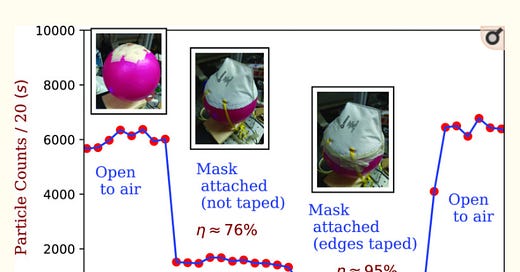9/29—Preventing and Responding to COVID-19 on College Campuses
In a closed-campus youth camp setting, a report on 4 overnight camps in Maine involving 1022 campers (n = 642) and staff (n = 380) of various ages (range, 7-70 years; 64% were ≤18 years and 21% were ≥22 years) suggested that 2-phased universal testing might be effective in minimizing transmission. Prearrival testing delayed entry of 4 infected persons and postarrival testing identified 3 additional asymptomatic infected persons, and prompt isolation prevented further spread. Providing students with options to shelter-in-place or quarantine at a location on or near campus could reduce community transmission (Walke et al. 2020).
Prevalence of SARS-CoV-2 antibodies in a large nationwide sample of patients on dialysis in the USA: a cross-sectional study
We tested the remainder plasma of 28 503 randomly selected adult US patients receiving dialysis in July, 2020. Seroprevalence of SARS-CoV-2 was 8·0% (95% CI 7·7–8·4) in the sample, 8·3% (8·0–8·6) when standardised to the US dialysis population, and 9·3% (8·8–9·9) when standardised to the US adult population.
Facemask use in community settings to prevent respiratory infection transmission: a rapid review and meta-analysis
The review included 12 primary studies on the effectiveness of medical facemask use to prevent influenza, influenza-like illness, SARS-CoV and SARS-CoV-2 transmission. Our meta-analysis demonstrates that facemask use significantly reduces the risk of transmitting these respiratory infections (pooled OR = 0.66, 95% confidence interval: 0.54-0.81). No primary study on cloth facemask effectiveness to prevent respiratory infection transmission was found. Currently, no direct evidence is available in humans supporting the recommendation of cloth facemask use to prevent respiratory infection transmission.
Contamination and washing of cloth masks and risk of infection among hospital health workers in Vietnam: a post hoc analysis of a randomised controlled trial
Using self-reported method of washing, we showed double the risk of infection with seasonal respiratory viruses if masks were self-washed by hand by HCWs. The majority of HCWs in the study reported hand-washing their mask themselves. This could explain the poor performance of two layered cloth masks, if the self-washing was inadequate. Cloth masks washed in the hospital laundry were as protective as medical masks. Both cloth and medical masks were contaminated, but only cloth masks were reused in the study, reiterating the importance of daily washing of reusable cloth masks using proper method. A well-washed cloth mask can be as protective as a medical mask.
Recharging and rejuvenation of decontaminated N95 masks
A major factor contributing to the filtration efficiency of N95 masks is the presence of an intermediate layer of charged polypropylene electret fibers that trap particles through electrostatic or electrophoretic effects. This charge can degrade when the mask is used. We propose and show that it is possible to recharge the masks post-decontamination and recover filtration efficiency.

Get it by email:
Missed an update? View past issues.

